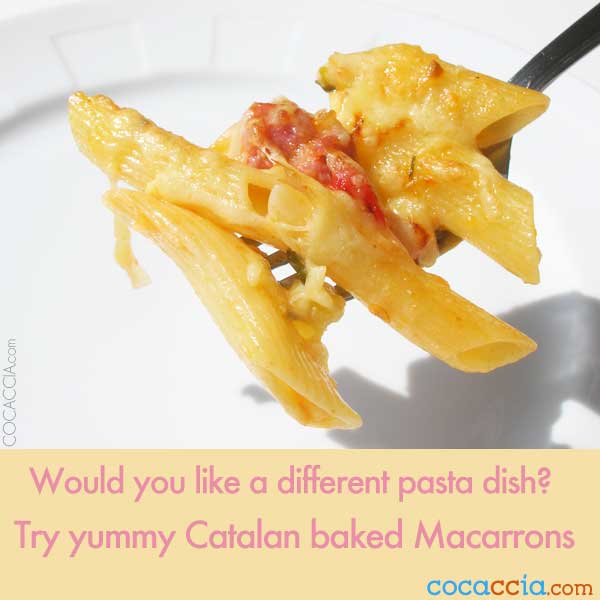Known as aioli in English, the original allioli from Catalonia wants just three ingredients: garlic, olive oil, and a pinch of salt, that’s it. Not for nothing, we call it allioli: all i oli, which means literally garlic and oil.
Watch the video below, read the step-by-step aioli recipe instructions, and you’ll learn how to make this delicious and colorful homemade sauce in no time.
Allioli or aioli is an essential sauce of the Mediterranean Catalan cuisine that you can add to many dishes and foods, use as a dip with pieces of bread, or even as a spread on a bread slice or toast if you like.

Our video below focuses on showing the circular movement of the pestle in the mortar in order to bind the garlic and the olive oil that make Catalan allioli. In Catalonia, we’ve always made allioli like this and with a bit of practice, anyone can learn how to do it.
We make a point of demonstrating it as some people wrongly assert that it’s impossible to bind garlic and oil, so you have no choice but to add an egg yolk. It’s perfectly legitimate to add eggs to allioli if you choose this version of the Mediterranean aioli sauce, but it may distort the taste of some dishes, particularly fish recipes. Click play below and enjoy the video!
Watch the video: How to Make Authentic Catalan Allioli
Ingredients for One Cup of Aioli
It is very important that the ingredients are at room temperature, that is, not too cold not too warm.
- 3 cloves garlic —peeled
- 1 cup or 250 ml olive oil — using extra virgin olive oil or another mild quality olive oil will give the best results. We love doing allioli with Catalan arbequina olive oil, but this might not be available to everybody.
- 1 pinch salt
Kitchen Equipment for this Aioli Recipe
- Mortar and pestle
- A traditional oil dispenser that allows you to add the olive oil drop by drop
How to Make Aioli with Mortar and Pestle
- Peel the garlic cloves and cut them in half lengthwise to check if they have greenish shoots. If you see sprouts, cut them off, and discard them.
- Garlic sprouts make it more difficult to bind the aioli and they make the aioli much too hot as well. Ideally, you would use organic garlic cloves.
- If you are certain that the garlic is very fresh, just peel the cloves and you can begin to mash them in the mortar without cutting them in half.
- Drop the garlic cloves in your mortar, add a pinch of salt, and start pounding with the pestle.
- Pound and mash the garlic and the salt with the pestle until you obtain a very fine and smooth paste. This step is essential to bind the garlic and the olive oil properly with the mortar and pestle. If your garlic paste is not smooth and fine enough, the allioli will tend to break much easier.
- Now, while you stir the mixture with the pestle in one hand, start adding the olive oil very slowly, almost drop by drop, with the oil dispenser that you hold in the other hand, as you see in the video.
- Stir constantly and always in the same direction, describing circular movements, as you see in the video until you obtain a thick paste. In the pictures and video, you can see the texture of an authentic Catalan allioli.
“Catalan aioli” is indispensable with grilled meats, grilled rabbit, and outdoor costellades, which are meals based on lamb chops grilled over an open fire. In a way, costellades are the equivalent of American and Northern European barbecues, so in this sense, allioli is a barbecue sauce.
In several fish dishes of the traditional Catalan seaside cuisine, you add aioli or broken allioli a moment before the cooking time is over. Typical examples are fish soups or seafood stews like suquet de peix with aioli, or this lamb chop recipe.
You can use allioli to top potatoes, vegetables, steamed mussels and other fish dishes. As you can see, aioli has many uses in the Mediterranean Catalan cuisine.





